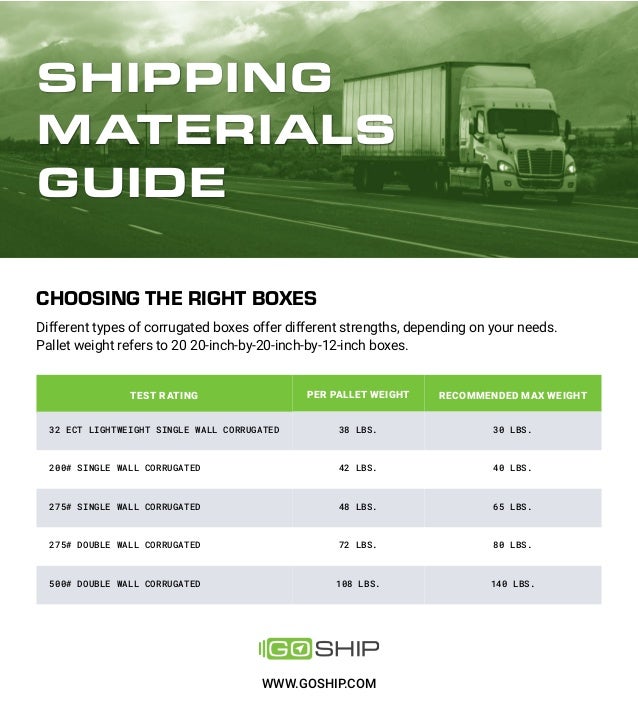How to Pack Your Stuff for a Move

One of the realities of life as a renter is that you might be called upon to move at any time, and moving isn’t easy. But it doesn’t have to be particularly difficult, either, provided you have the time, tools, and techniques you need. Here’s the best way we’ve found to get your stuff completely prepared for moving day.
Start Early
A few weeks before moving day hits, start by purchasing boxes, packing tape, a big permanent marker, some bubble wrap, some tissue paper, and some packing paper if you don’t already have old newspapers sitting around. Each day, go through one room in your house and look for things you’re definitely not going to need between now and moving day, and pack them up and set them aside in a staging area.
Set yourself up so that on the night before moving day and on moving day itself, your meals are already prepared (or you have money and time set aside to eat out), and you have disposable utensils and plates you can use. Have your clothes for the Big Day and the next day already set aside, and the minimum amount of toiletries you need still out (and with a container ready to drop them in as you use them.)
The Packing Process
The specifics are going to vary wildly based on what exactly you have in your home, but the principles of good packing are the same everywhere:
- Pick a thing,
- Make sure it’s clean and all of the parts are present,
- Wrap it in a protective layer of stuff,
- If it’s not a convenient item to stack/carry on its own, add it to a box,
- Keeping each box easy to lift and move without hurting yourself,
- Making sure the most durable and/or heaviest items go on the bottom and the lightest/most fragile items go on top,
- Creating a list of contents on paper to put into the box before it’s sealed, and
- Labeling the outside of the box with a rough idea of the contents and what room they belong in.
As a sidenote, be sure you choose the right box! Different qualities of cardboard have different weights they can handle, and it’s important not to overload the boxes you choose. Here’s a convenient summary from our allies at GoShip.Com :
Wrappers Delight
When it comes to wrapping your goods, there’s a simple rule: wrap fragile items in bubblewrap or, if the item is going to be in its own “sub-box”, fill the’sub-box’ with tissue paper except the bare minimum of space needed for the fragile item. If it’s a breakable-but-not-fragile item, you can default to a few layers of newspaper. For durable items, getting anything that will protect other stuff from it will suffice. (Watch out dealing with old newspaper, though, ’cause the ink can interact with the oils from your hands to leave streaks on ton your stuff that can be very hard to get out.)
Label, not Slander
When you label your boxes, do it intelligently. Not only should each box say what’s in it in general, but what room it belongs in. Also, make liberal use of “how to treat this thing” labels, including “fragile,” “this side up,” “heat sensitive,” and “don’t put anything on top of this.” Also be sure to write the ‘what is this’ and ‘where does this go’ labels on the top and on at least one (preferably two adjacent) sides of each box. If a box is intended to go to storage instead of being unpacked, put a month/year date on it as well.
Loading the Truck
When you load the truck with all of your freshly-packed boxes, in addition to keeping track of the concerns surrounding fragile and ‘nothing on top of this’ boxes, you should also pack the items that are going to go in the back rooms of your new house closest to the door of your moving van. That way, the things you take out first will go into the most distant rooms, and you can work your way forward through both the house and the van, ending with the items that will go just inside the front door. With the caveat that anything you know you’re going to need before you’re done unloading should probably go either right at the very back of the van, or be put in some other easily-accessible place like in a different vehicle.
